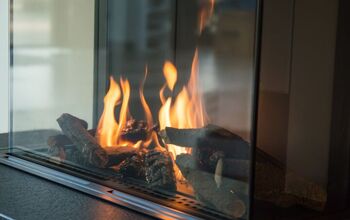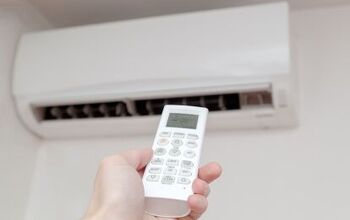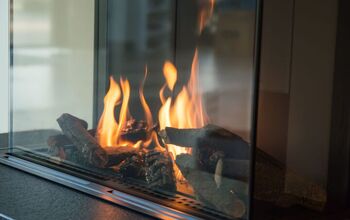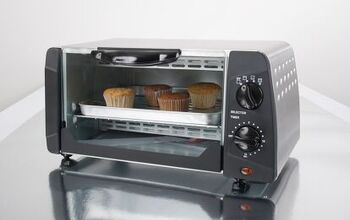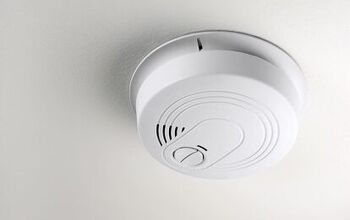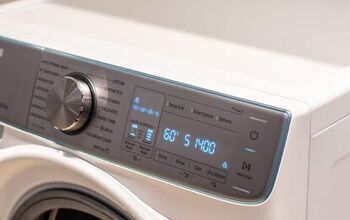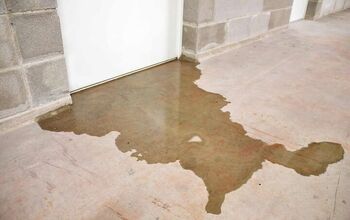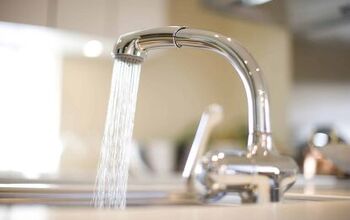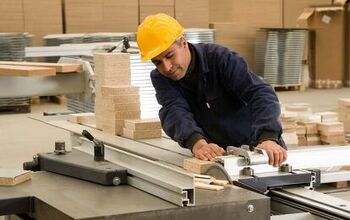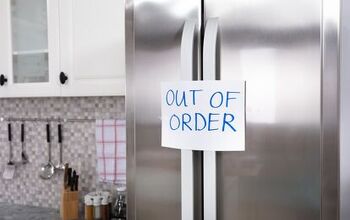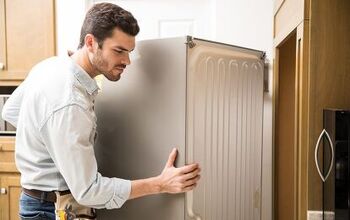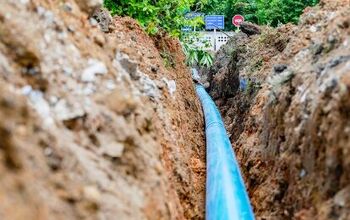Gas Fireplace Vs. Pellet Stove: Which One Is Better?

If you live in an area that experiences cold temperatures, a pellet stove or gas fireplace can be an excellent investment. Both options provide economical heat that can reduce the cost of heating your home and serve as an alternative heat source during a power outage. Not to mention, both gas fireplaces and pellet stoves can be a very visually appealing element to have in your home.
However, if you’re trying to make the choice between a gas fireplace and a pellet stove, this is a major decision. Both come with their own individual advantages, but also have specific disadvantages when you compare them to each other. For example, while gas fireplaces are lower maintenance than pellet stoves, they tend to be much more expensive to operate. Also, depending on where you live, natural gas may not be readily available which forces you to opt for a pellet stove or some other alternative.
With that said, let’s take a comprehensive look at gas fireplaces vs. pellet stoves, to compare their pros and cons, fuel source, power source, cost, efficiency, safety, maintenance, and more. That way, you can make an informed decision about which is the right choice for you and your home.
Do You Need Gas, Pellet, or Wood Stove Installation?
Get free, zero-commitment quotes from pro contractors near you.

What is a Pellet Stove?
Pellet stoves are a method of heating the home that is safer, cleaner, and both more cost-effective and energy-efficient than other forms of residential heating. They may be found as freestanding heating stoves or inserts that are used to heat an entire home or single room. Pellet stoves appear similar to traditional wood stoves, but are a more efficient alternative.
Instead of burning real wood, pellet stoves burn pellets that are made from organic materials such as wood or food waste. The pellets themselves are typically small, dense, and cylindrical, and produce far less ash than wood. In fact, according to the Department of Energy, wood pellet stoves are the cleanest form of residential heating that utilizes solid fuel.
The design of pellet stoves is very straightforward, which makes them simple to operate. Pellets are stored in the stove’s hopper, and from here they will be fed into the firebox by the auger. A few pellets at a time are moved into the combustion chamber and deposited into the burn pot to ignite and produce heat.
Pros of Pellet Stoves
- Greater temperature control. Pellet stoves feature a thermostat that allows you to achieve the ideal temperature.
- Easy to operate. Pellets ignite by pressing a button and don’t require you to any kindling or tending of the fire.
- Eco-friendly alternative. Wood pellets burn cleanly and efficiently, producing very little air pollution.
- Easy to clean. Since pellet stoves produce less ash, there is no creosote buildup. The ash pan at the base of the stove makes cleanup even easier.
- Installation flexibility. They can be installed on most exposed walls in the home.
Cons of Pellet Stoves
- Expensive to maintain. Require weekly maintenance, frequent ash cleanup, and more upkeep than a fireplace.
- Require more storage space, as the pellets come in large, heavy bags.
- Needs a backup system, such as electricity or batteries in case of a power outage.
What is the Difference Between a Gas Fireplace and a Gas Stove?
The key difference between a gas fireplace and a gas stove is that the latter is a freestanding unit, while a gas fireplace is built into a wall. Why someone might choose to opt for a gas stove over a gas fireplace is because gas stoves radiate heat on all four sides. Gas fireplaces, on the other hand, only radiate heat out of the front because of the way they are installed.
Regardless, both gas fireplaces and gas stoves offer warmth, ambiance, and aesthetic appeal at the press of a button. They are often very attractive options since they don’t require a chimney, are easy to maintain, and are incredibly efficient. Not to mention, gas fireplaces, stoves, and even inserts are available in a wide variety of styles – from traditional to ultra-modern.
Pros of Gas Fireplaces, Stoves & Inserts
- Energy efficiency. Since gas ignites instantaneously and burns completely, it is more energy-efficient than wood burning options. Cleanest and most convenient fuel source.
- Easy to control. Delivers direct heating with remote control ceramic log lighting, flame height, and fan blower options. Not lighting or kindling is required.
- No ash cleanup. All components are contained in a burn chamber behind a sealed piece of glass – minimal cleanup.
- More versatile installation. Since gas is clean burning, there are far more flexible venting options for gas fireplaces.
- Runs independently of electricity. Your gas fireplace will still run during a power outage.
Cons of Gas Fireplaces, Stoves & Inserts
- Natural gas may not be widely available. Depending on where you live, you may not have access to natural gas. If you still want a gas heating option, you’ll have to have an outdoor propane tank installed.
- No “crackling” noise or wood smell. Although gas fireplaces are very realistic nowadays, they aren’t the real thing.
Gas Fireplace vs. Pellet Stove
Now that you have a greater understanding of gas fireplaces and pellet stoves – as well as how they function and some of their pros and cons – let’s compare the two.
Fuel Source
Natural gas comes from fossil fuels and is delivered via pipeline. As such, it is more readily available from local utility companies located in the city. Pellet stoves, on the other hand, burn pellets that are made out of recycled material – including wood chips, sawdust, other lumber byproducts, and, oftentimes, corn and fruit pits. These pellets often come in 40-pound bags and can be found at your local home improvement center or a pellet stove retailer.
Power Source
Both gas fireplaces and pellet stoves use electricity to operate fans. However, gas fireplaces can still produce heat without the need for electricity. If you have a power outage in the middle of the winter, you can rely on your gas fireplace to still heat your home. With pellet stoves, you’ll need some form of backup power to run it.
Cost
Generally speaking, pellet stoves tend to be more affordable than gas fireplaces. Though, when you consider the cost of installation, they are pretty comparable. The cost of a new pellet stove ranges from $1,000 to $3,500 installed, while prefabricated gas fireplaces cost anywhere from $1,000 to $8,000.
As far as long-term costs go, pellet stoves are less expensive since it costs less to your home via a pellet stove than using natural gas. While natural gas is very efficient, the cost to purchase pellets is typically lower than how much you’ll pay for natural gas to heat your home.
Installation & Ventilation
Instead of a chimney, you can vent pellet stoves directly outdoors via an exhaust pipe or direct vent system. Gas fireplaces are also vented outside using a direct vent system. Since both gas fireplaces and pellet stoves require appropriate ventilation, the ideal location for installation will be:
- Close enough to an exterior wall to allow for direct venting; and,
- Central to heat a large portion of the home efficiently.
Efficiency
In terms of efficiency, pellet stoves are ranked very highly – burning a small amount of fuel only as needed. For example, a pellet stove that’s rated 35,000 to 50,000 BTUs per hour has the ability to heat a home between 1,500 and 2,500 square feet. Gas fireplaces are also highly efficient and have similar BTU ratings since the majority of the heat they produce when the gas is burned is distributed into the home.
Though, the efficiency of a gas fireplace depends on the model. Direct-vent gas fireplaces are the most efficient, with 70 percent of the heat they generate remaining in the house. Not to mention, they are easier and more affordable to install than gas masonry units.
Safety
Although gas fireplaces do not distribute smoke or particulates into the air, they still carry the risk of carbon monoxide getting into your home from burning the natural gas. Fortunately, this concern can be avoided by venting the gas fireplace to the outdoors. Aside from this fact, both gas fireplace and pellet stoves are relatively safe to use. However, make sure you don’t touch the glass on either appliance when they’re in use as they can get very hot.
Maintenance
Gas fireplaces require routine maintenance and inspections, including chimney and vent cleaning as well as pipeline inspections. Pellet stoves, on the other hand, require more frequent maintenance. Operating a pellet stove involves filling it up with pellets on a daily basis. In some cases, you may need to fill it more than once in a day. You also have to remove the ashes after each use.
With gas fireplaces, you simply turn the unit on and off as needed. These appliances don’t require you to add any fuel or clean ash out of the firebox.
Do You Need Gas, Pellet, or Wood Stove Installation?
Get free, zero-commitment quotes from pro contractors near you.

Final Thoughts
If your goal is to save money, a pellet stove may be the ideal choice. However, it will require significantly more maintenance than a gas fireplace. Regardless, if you’re willing to spend slightly more for total convenience, a gas fireplace is likely the best option for you and your home.

Jessica considers herself a home improvement and design enthusiast. She grew up surrounded by constant home improvement projects and owes most of what she knows to helping her dad renovate her childhood home. Being a Los Angeles resident, Jessica spends a lot of her time looking for her next DIY project and sharing her love for home design.
More by Jessica Stone










